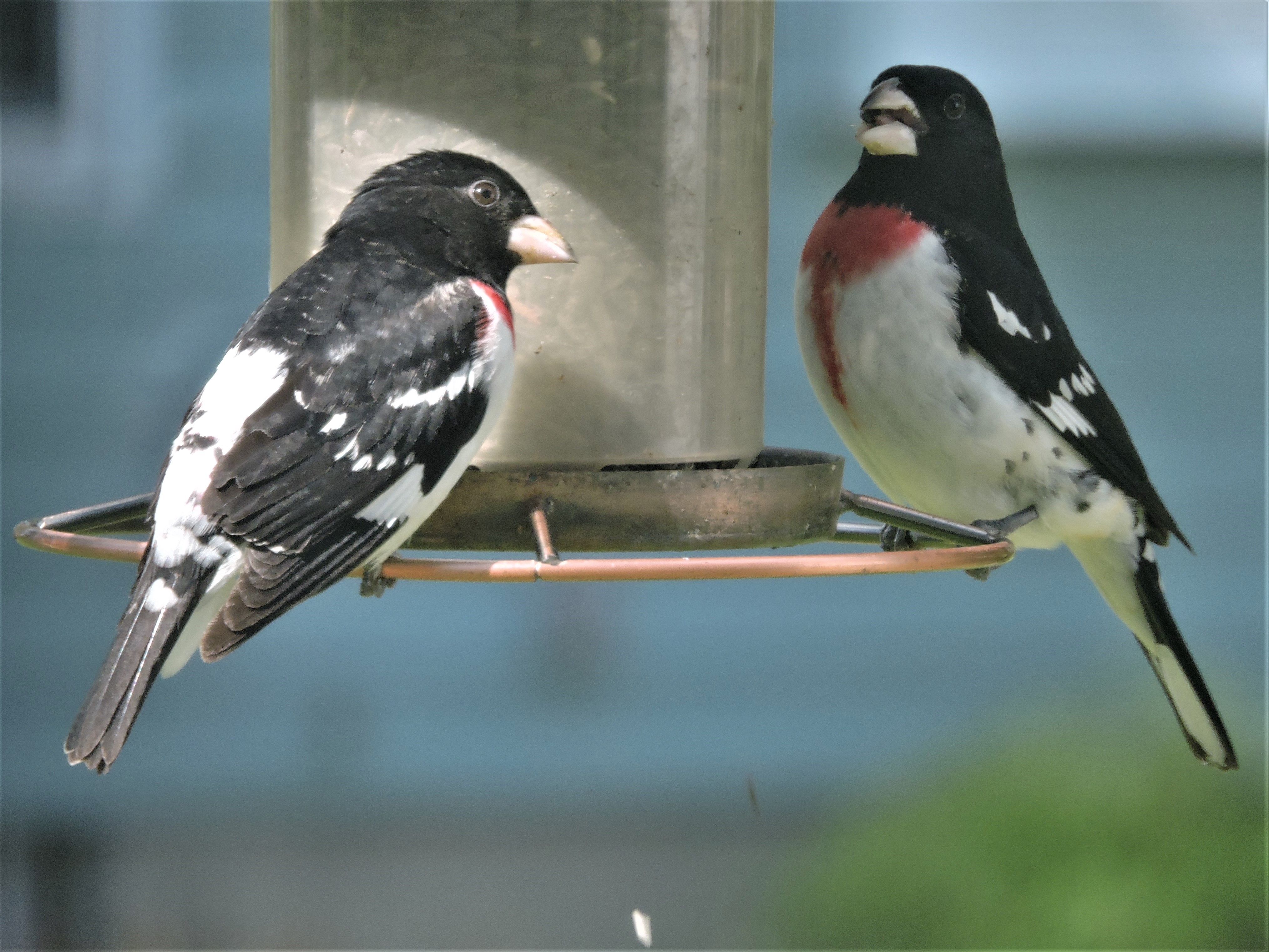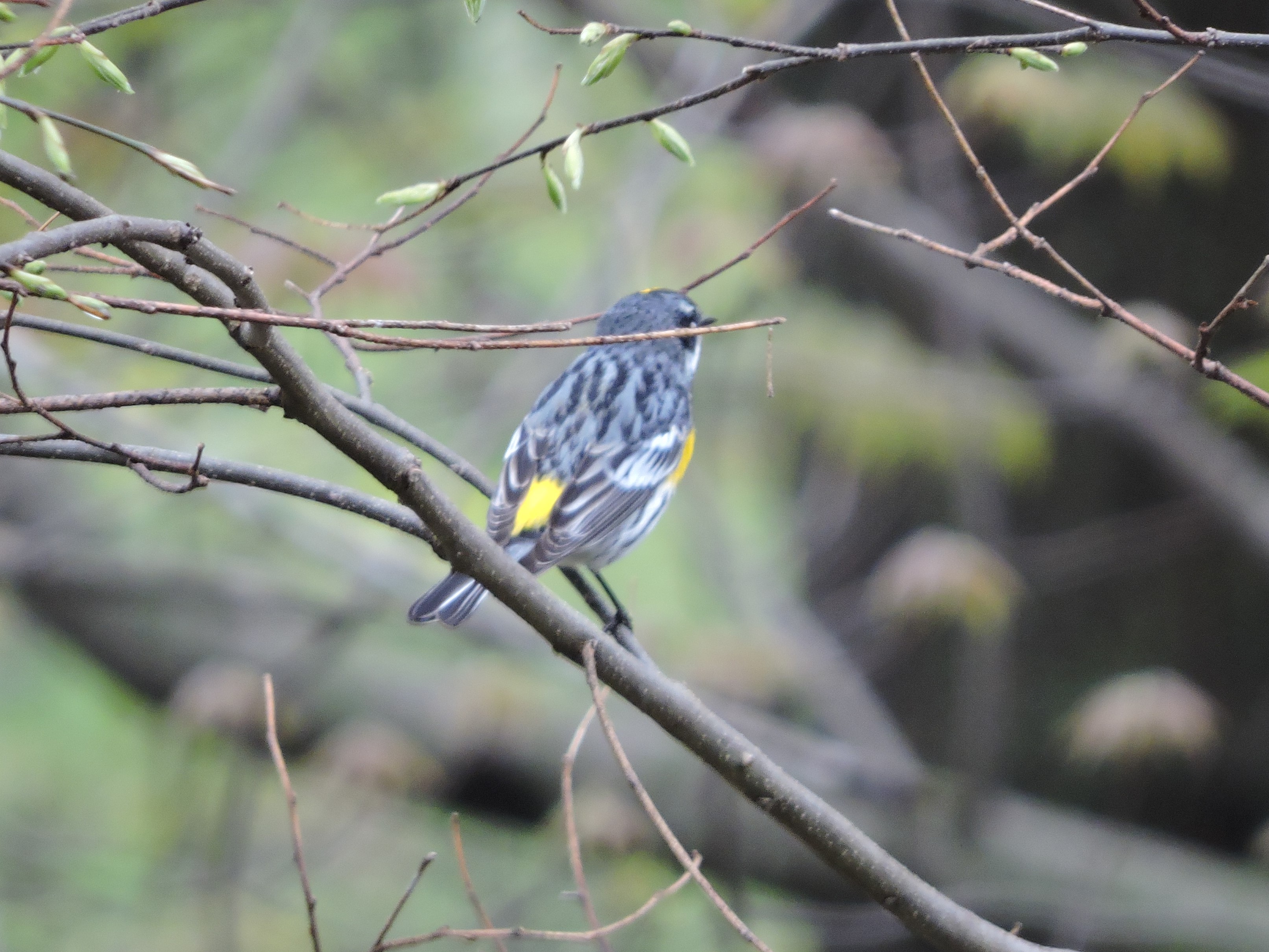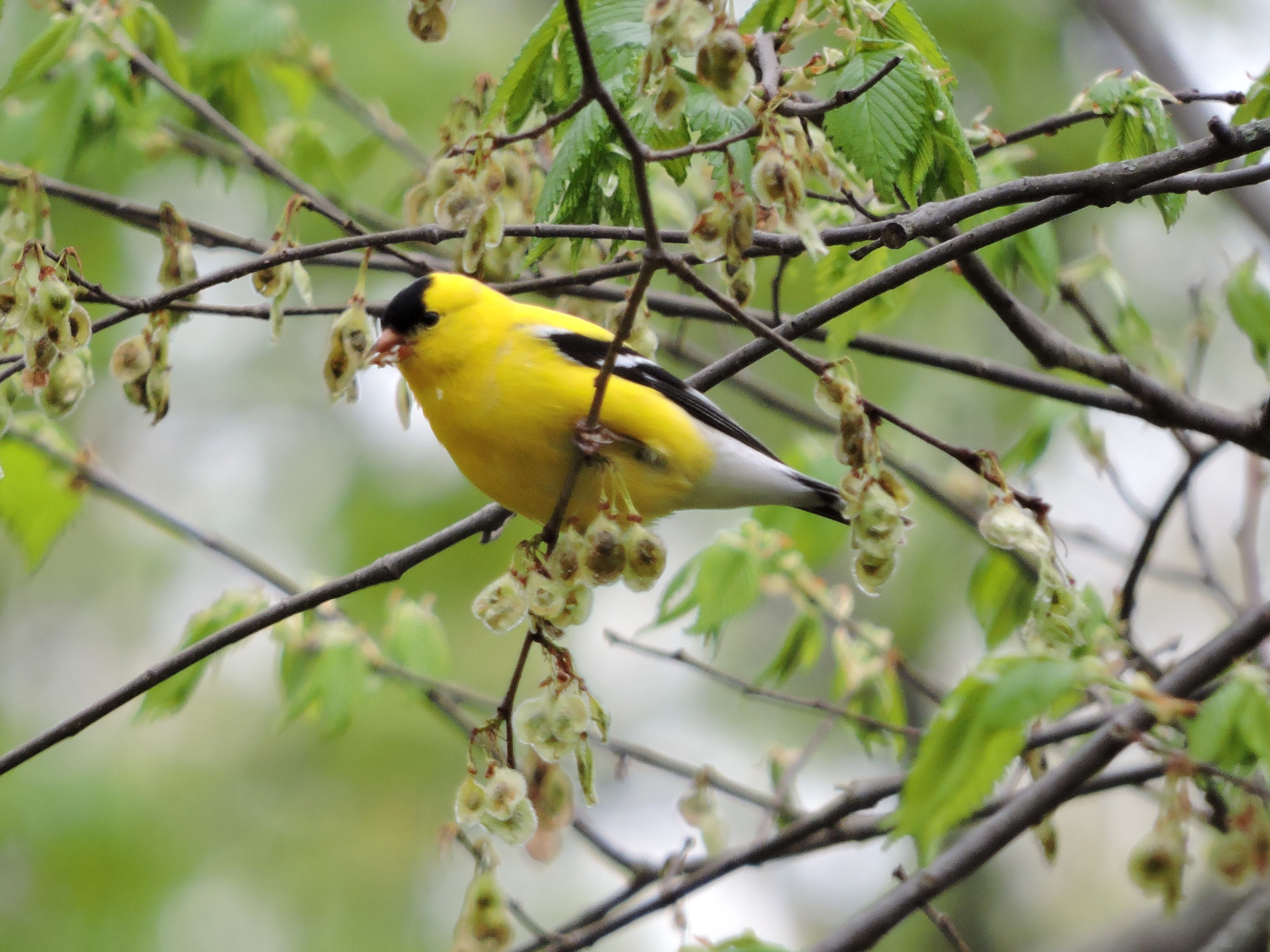Six months, huh? Okay, here are some things I have done since July.

In August we took a family hike at the Hathaway Preserve in Wabash County. The primary feature here is the creek cutting through the bedrock, offering impressive scenery and topography uncommon for northeastern Indiana. We caught a lot of frogs, discovered many crayfish, and got away from town for a while. Not particularly birdy, but if you are in the area it’s worth a stop just for the contrast to the surrounding cornfields.

The yard list is now up to 90 species (and I get a cake at 100)! Several new birds showed up one day in September when a big mixed flock flew through the yard. A highlight was this female Black-throated Blue Warbler!

A Blue-headed Vireo was also a pretty great surprise, although this was the only photo I could manage.

A very late House Wren was also part of the party.

One day in October, a House Sparrow with a bizarrely over-long bill showed up at the feeder.

It only stayed for a few minutes and did not seem to have any trouble eating. I haven’t seen it again. Avian Keratin Disorder?

Like in much of the rest of the continent, Pine Siskins descended upon our yard in a big way. Beginning in late October (and continuing as of today), we have had a persistent flock of these ravenous granivores. My high count was 15 at once. The feeder above was built specifically for this winter’s irruption in my hopes that a bigger finch like an Evening Grosbeak would find the big platform, but these guys are welcome too.

The platform is so accommodating that even birds not typically seen on feeders have given it a try.

Small guys have liked it, too.

Nuthatches in general do weird things.

But not as weird as our small flock of Eastern Bluebirds, which take turns alternately beating each other up over access to the feeder before doing something like the photo above.

Speaking of bluebirds, we saw many at a fall hike at Metea Park.

New Year’s resolutions: bird more, blog more. I’m still doing my green list, but I have found it to be a bit much of a chore to track that alongside a separate 5MR list. I still love birding locally, and most of my green birding happens inside of my 5MR. But in 2021 I am going to assign myself just the one task.
More (and more recent) things soon!





























